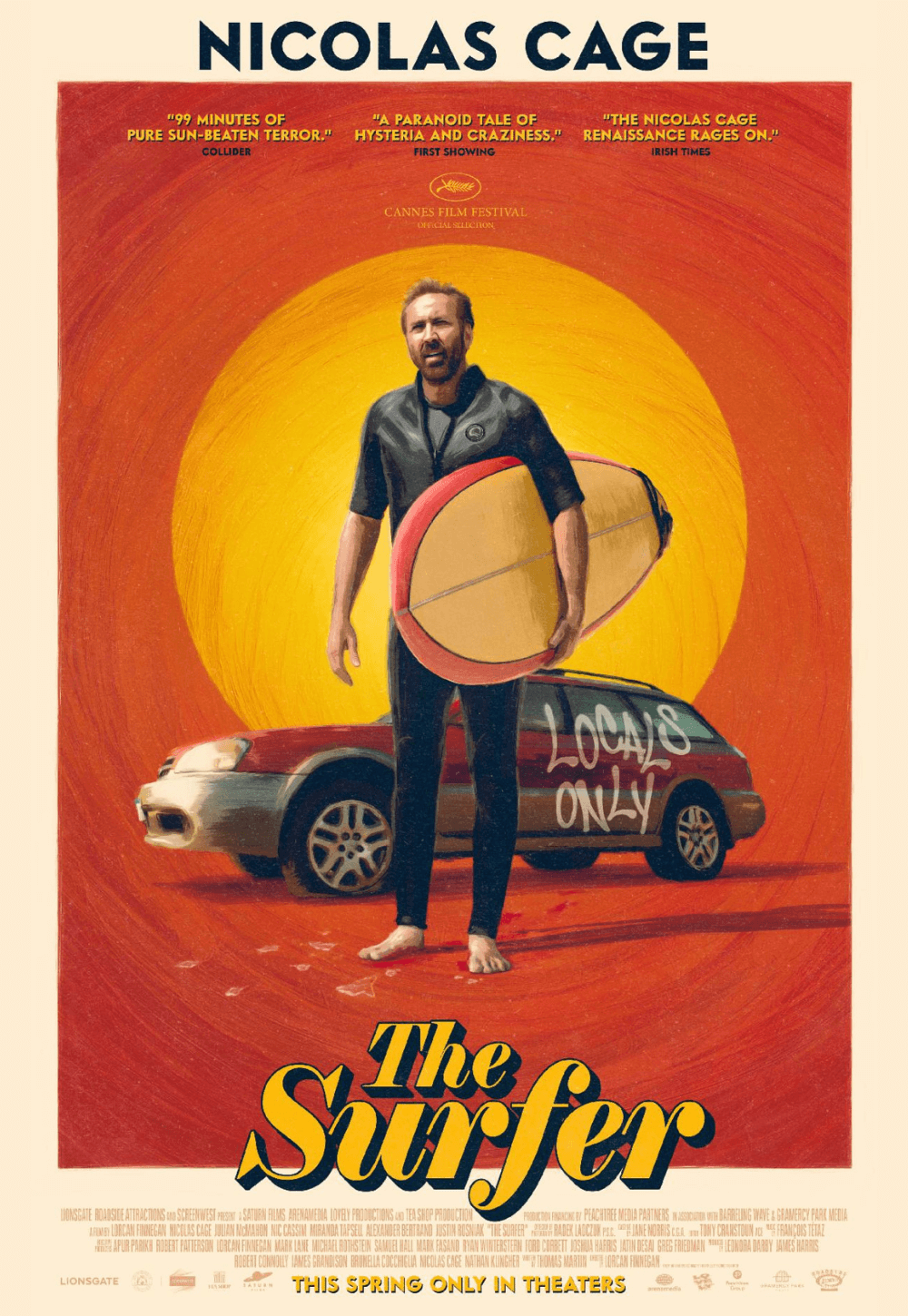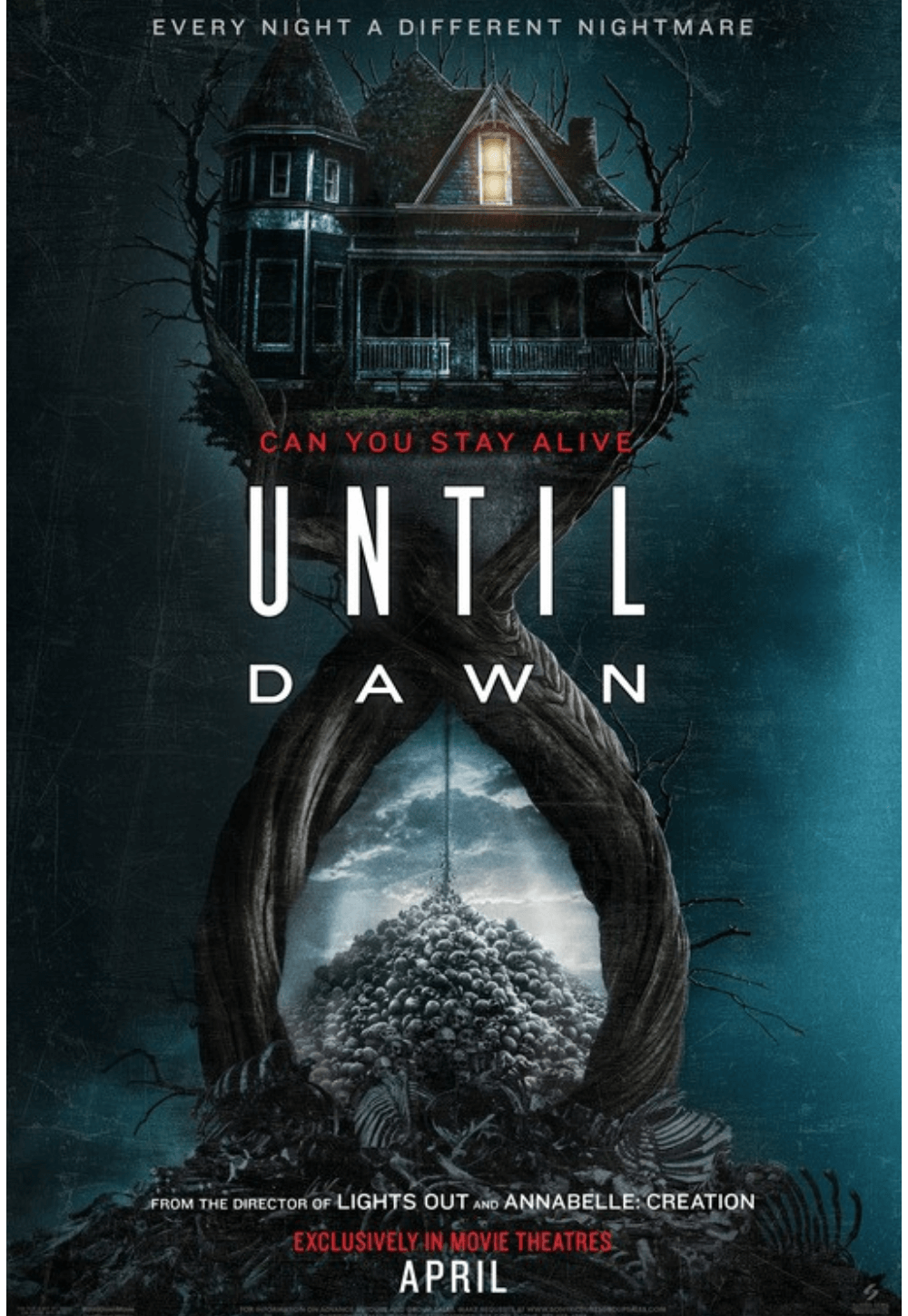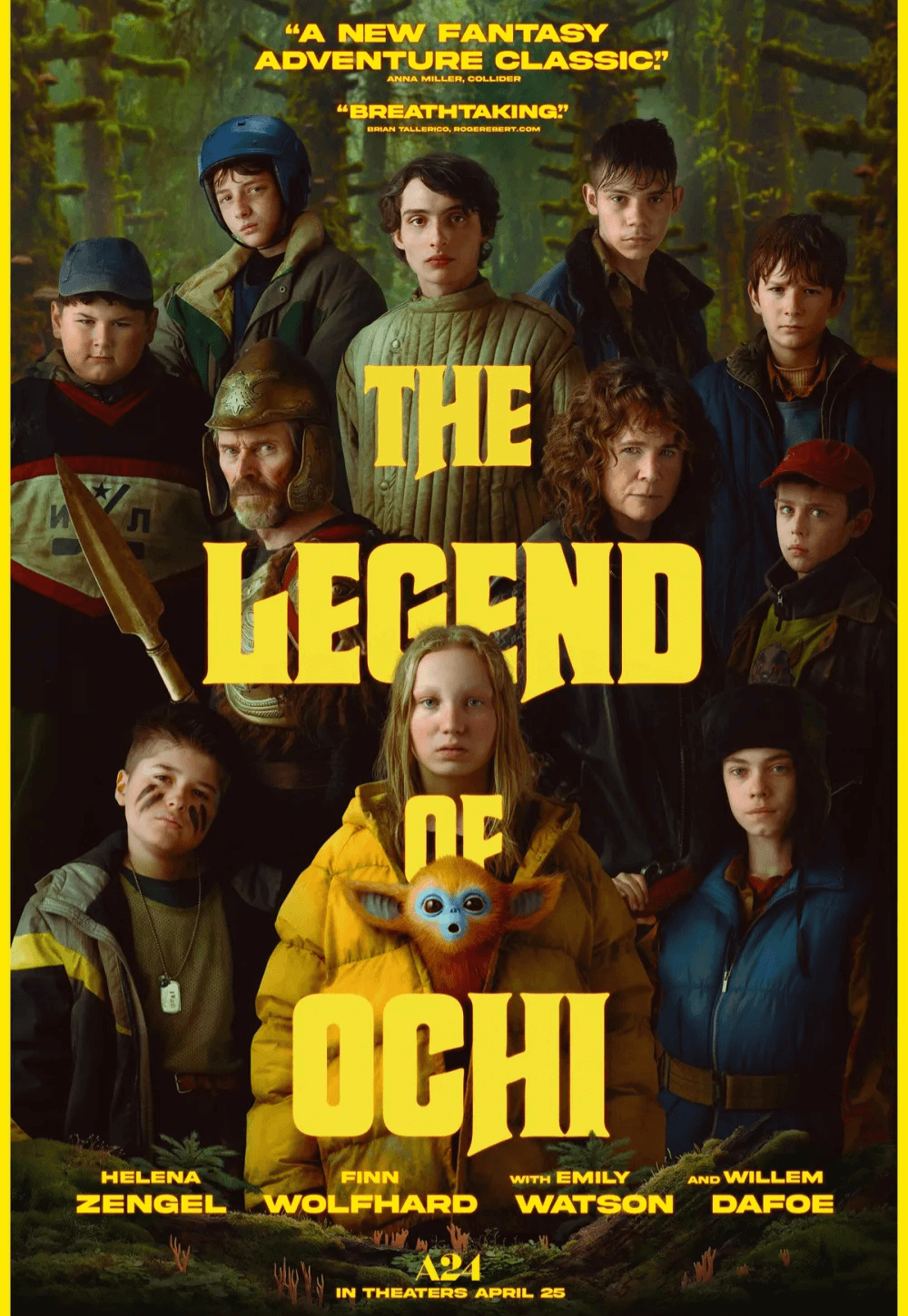
MSPIFF 2025 – Dispatch 1
By Brian Eggert | April 4, 2025
The films below were screened at the 44th Minneapolis St. Paul International Film Festival (MSPIFF44), which runs from April 2-13. Check here for the full lineup and check back for additional dispatches. Select films reviewed below will receive separate full-length writeups, some for their wider release, some exclusive to Deep Focus Review’s Patreon. In the meantime, here are some first impressions.
Free Leonard Peltier
The opening night film of MSPIFF arrives with inbuilt controversy, but not for the reasons one might think.
Directors Jesse Short Bull (Lakota Nation vs. United States, 2022) and David France (Welcome to Chechnya, 2020) provide a documentary account of Indian rights activist Leonard Peltier, who was serving consecutive life sentences for the murder of two FBI agents on South Dakota’s Pine Ridge Indian Reservation. The FBI’s bogus and even fabricated evidence, detailed in the movie, has been contested many times over the years, and a lasting grudge on the Bureau’s part has kept Peltier in prison. Free Leonard Peltier explores the complex historical and sociopolitical conditions that led to the confrontation between the American Indian Movement (AIM) and the American government, from the US’s “belligerent occupation” of Indian lands to the breaking of treaties and escalation of violence to allow for resource mining on reservations.
While supplying the moving picture equivalent of a Wikipedia entry, the doc’s methods raise familiar questions about the medium. The controversy lies in what the festival’s website describes as the doc’s “interviews, archival footage, and AI recreations” to tell this story. Interviews and archival footage remain commonplace in documentaries, of course, but AI recreations, aged and color saturated to look vaguely 1970s-like, lead to some uncannily AI-generated sequences. Among them, a bird’s-eye-view animation charts the movements of parties involved in the Pine Ridge shootout; a CGI deer supplies a reaction shot; some media commentator soundbites go uncredited, raising questions about their authenticity. Granted, many docs feature animated sequences, dramatic reenactments, maps, and graphs to explain information. However, few use AI, especially after so many in the industry have fought and gone on strike to embrace creatives over AI software.
The artificial components provide the connective tissue between passages or support an existing idea with a visual or aural touch. At the same time, their artificial nature blots the non-fictional intent of the movie, leaving the viewer less convinced of the story’s veracity than they might have been had artificial details not been deployed. Surely, the directors were inspired by The Thin Blue Line (1988), Errol Morris’ film about a wrongful conviction that ultimately helped free a death row inmate. Morris used expressive sequences to depict witness testimony, showing their version of events in highly dramatized scenes. The artificial (and often inaccurate) accounts in Morris’ film served a distinct purpose: they present a clear juxtaposition with the facts and other, more reliable testimony. In Free Leonard Peltier, there’s no such aesthetic rigor. The use of AI feels lazy.
Free Leonard Peltier is most successful when recounting the years of AIM protests and the Pine Ridge conflict with grainy home video footage (if all of it is genuine). Less convincing are the bookend passages of Leonard’s team riding in cars, taking meetings, and preparing for his parole hearing, much of which feels like reality TV filler on the two-hour feature. In the end, minutes before Joe Biden’s time in the White House ended, the President commuted Peltier’s sentence, meaning Peltier was finally released from prison and was placed on house arrest. The film earns the joy the announcement brings. It’s a conditional victory, but it’s also progress.
It’s not that I don’t believe the details included in Free Leonard Peltier. I do. However, the techniques imparting them sometimes raise doubts, which is an unnecessary distraction and hinders its effectiveness as non-fiction. Of course, the doc tells a stirring and timely real-life story about the need to stand up to injustice. However, its sometimes unconvincing execution distracts from the message, leaving one thoroughly disappointed in the film and filmmaking. 2.5/4 Stars

The Trouble with Jessica
In The Trouble with Jessica, co-writers James Handel and Matt Winn craft a stage-like dark comedy reminiscent of Carnage (2011), about two upper-middle-class fiftysomething couples who meet for a dinner party and the fifth wheel who sends the evening into chaos. Sarah (Shirley Henderson) and Tom (Alan Tudyk) welcome old friends Beth (Olivia Williams) and her husband Richard (Rufus Sewell) over for a last meal before they have to sell their London home. Tagging along, Jessica (Indira Varma), a successful albeit depressive author, derails the evening with her morbid sense of humor and past/current infidelities with the two men in the room. When she leaves the dinner to hang herself in the garden, the two couples scramble to conceal and then move the corpse, hoping to preserve Sarah and Tom’s much-needed property value given their recent financial troubles.
Although similar scenarios can and have been used to comic effect before, Winn directs unfunny, farcical hide-the-body scenes that give way to a brief Weekend at Bernie’s situation. The setup also brings out long-held secrets and underlying conflicts in the group, but the unearned emotional beats seldom land. The movie is quite assured of its cleverness and sophistication, complete with obnoxious, intermittent chapter titles (“The Trouble with Friends” and “The Trouble with Rich People”) and a jazzy score that lends the proceedings a zippy energy by way of an upright bass, bongo drums, and trumpet. Unexpected guests and police visits raise the tension, while the 89-minute runtime features far too much dialogue about Tom’s clafoutis. It might be more entertaining if mounted as a stage play and directed more for laughs; in movie form, it falls flat. 2/4 Stars.

Misericordia
Having premiered at last year’s Cannes Film Festival, where it competed for the Queer Palm, French director Alain Guiraudie’s latest is a quiet thriller as mysterious as its subject: desire. Rooted in its characters’ compulsions, the film alternates between impulsive lust and violent altercations, all while defying any demarcated boundaries for morality or carnality. Populated by lonely characters who gravitate toward and reject each other with the force of magnets with constantly reversing polarities, the film is less potent than it may sound. But Guiraudie (Stranger by the Lake, 2013) treats his characters with a rewarding dimensionality that underscores how most people remain unknowable, apart from what Jean Renoir once said: “The terrible thing about this world is that everyone has his reasons.”
The film takes its title from the Latin word for “mercy,” and several of Guiraudie’s working-class characters feel compassion for the protagonist: Jérémie (Félix Kysyl), who returns to the sleepy village of Saint-Martial to attend the funeral of his former employer, the local baker, Jean-Pierre (Serge Richard). Invited to stay in the same house as the baker’s widow, Martine (Catherine Frot), Jérémie clashes with her adult son, Vincent (Jean-Baptiste Durand), who believes there may be some hanky-panky between Jérémie and his mother. There may be, along with a psychosexual mother-son thing. But Jérémie longs for the late Jean-Pierre and perhaps also his older farmer friend Walter (David Ayala). His relationship with a curious priest (Jacques Develay) from Saint-Martial also leads to infatuation and talk of spirituality and punishment. When Vincent’s aggression toward Jérémie leads to his murder, the local police investigate, and Jérémie navigates his desires with those of Martine and the priest.
Loaded with symbolic imagery, Misericordia’s cinematographer Claire Mathon makes excellent use of the autumnal setting and overcast skies—the perfect mood for a pastoral noir filled with elusive performances. Many scenes take place in the forest, where Jérémie hides Vincent’s body in a shallow grave and where he and others forage for mushrooms. They grow on the surface above Vincent, threatening to expose Jérémie’s crime, while their phallic shape has other unspoken implications about desire and masculine violence. This is a film where motivations remain unclear and complex, where unequivocal answers will elude the viewer, and where confessions and dreams intermix. It’s impossible to know everyone’s motivations, which makes the material so engrossing, as though Guiraudie invites us to understand despite admitting that most people’s desires are wholly irrational if undeniable. 3.5/4 Stars
Consider Supporting Deep Focus Review
If you enjoyed this piece, I hope you’ll consider supporting the site through Patreon or a one-time donation. Deep Focus Review is an independent source for movie reviews and in-depth critical analysis. Contributing Patrons receive early access to new reviews and essays, along with a closer connection to a community of fellow film enthusiasts. Your support directly helps cover site maintenance, research materials, and the time needed to produce quality writing. If you enjoy my work, please join me on Patreon or show your support in other ways.
Thank you for your readership!
Brian Eggert | Critic, Founder
Deep Focus Review




